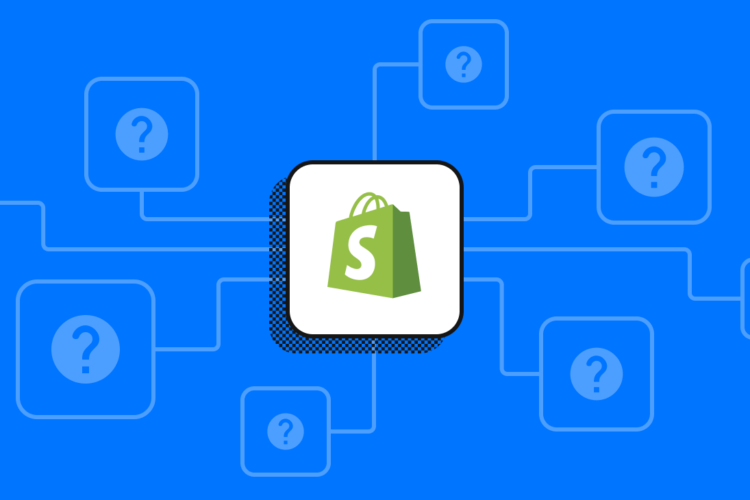
By now, nearly everyone has heard of the issue of bots and fake users online. It seems almost daily there is a new headline discussing the prevalence of the Fake Web.
So what does this mean for businesses that operate in an increasingly online world?
Many years ago, the perception was that any digital threat was the sole responsibility of the IT or Security department to handle. Then slowly, over time, paid marketing professionals started to realize that bots were eating up their advertising dollars and also began to take action (think click fraud and ad fraud solutions).
But today, marketers that deal with driving organic and direct traffic to their company’s website are starting to understand that the effectiveness of their efforts are also at risk – perhaps even more so than the paid marketer. In fact, studies show that on average 27% of traffic from organic and direct sources is made up of bots and fake users. This is significantly higher than the paid marketing bot traffic rate of 3.5%.
Needless to say, this high volume of fake traffic arriving on websites can cause a lot of damage – making it a strategic issue for content marketers.
Organic Growth Metrics are Skewed
Many content marketers have specific goals and KPIs around increasing the amount of organic traffic to a given website. To help drive these efforts, they put several tactics in place including backlinking, keyword research, content production, website improvements, public relations efforts, and more.
If these efforts are successful, the site traffic will increase and everyone can congratulate themselves on a job well done, right? Not always.
Content marketing tactics are typically put in place with the ultimate goal of driving genuine interest from human users across the internet. So it’s not enough to simply see increases in the quantity of traffic. The quality of the traffic is equally important.
Moreover, site traffic analytics should show an accurate picture of what is happening on a given website. If bots and fake users are present without the content marketer’s knowledge, this becomes nearly impossible.
Conversion Efforts are Disrupted
When bots arrive on a website, they don’t just browse around and leave. They arrive with a purpose. And while they cannot convert into legitimate paying customers with positive lifetime values, they can take several actions that muddy important metrics throughout the customer journey.
When bots fill out forms, download content, request demos, or engage with customer service reps, they are inaccurately marked as converting valid site users. This can cause concern for content marketers when these so-called conversions do not lead to considerable sales down the line. They might think that their content is not bringing in the right types of potential customers or that people are simply not interested in their company’s goods or services, when in reality they may be victims of the Fake Web.
Valuable Sales Resources are Wasted
While some companies prefer a self-service model that allows someone to make a purchase online without ever talking to a sales rep, many companies with higher-value products and longer customer journeys often involve several interactions with members of a sales team.
Many times these interactions begin after someone arrives on-site after finding out about a company from organic search, social media, news websites, or other means. They then fill out a form to indicate interest, and then it’s up to the sales team to continue the process by reaching out to that person, understanding their needs and determining if the company’s solutions may be a fit.
But what if that form fill or demo request came from a bot? The sales team may then spend several days or weeks trying to reach the site visitor to gauge their interest and continue the process, but be met with no feedback or response.
This is not just inconvenient. In a world where time is money, it’s detrimental to business. And furthermore, it can lead to mistrust between sales and marketing teams when sales reps start to believe marketing is sending them junk leads.
Revenue is Lost
Because content marketing is sometimes seen as a non-paid channel, it can be hard for traditional thinkers to see how revenue could be lost through these organic efforts. But it is actually quite simple.
When traffic is skewed – the investment in analytics tools becomes obsolete.
When sales time is wasted on fake leads from organic sources – salespeople have less time to close legitimate deals.
When entire content marketing departments are created to ultimately contribute monetary value to the company, but don’t deliver – they may be seen as inefficient.
The Fake Web is no longer simply a security issue, but a strategic business problem for go-to-market teams.
Fortunately, many content marketers are deploying Go-to-Market Security to combat this issue. That’s the silver lining – this issue is solvable and content marketers can continue to be effective without being taken down by bots.
Author: Kerry Coppinger | Senior Manager, Brand Marketing @ CHEQ
CHEQ is the go-to-market team’s security suite, trusted by over 12,000 customers worldwide to protect their funnels, sites, and analytics from bots and fake users. Powered by award-winning cybersecurity technology, CHEQ offers the broadest suite of solutions for securing the entire funnel, from paid marketing to on-site conversion, data and analytics.





